John Wayne knew his marriage to Josephine Saenz was over when she would not stop talking about his extramarital affairs even though she promised to do so in front of a priest she had invited to try and save their marriage.
Before John Wayne became a bankable star in Hollywood, the veteran star had won a football scholarship to the University of Southern California in 1925, where he joined the Sigma Chi Fraternity.
Sadly, after about two years at the School, he suffered an injury that took him off the football field and ended his scholarship. Shortly after that, one of his fraternity brothers set him up on a blind date with a beautiful girl called Carmen Saenz.
![[Left] A portrait of John Wayne; [Right] John Wayne on set | Source: Getty Images](https://cdn.amomama.com/90fb4a78ae2375e7ca2851b0433cf936.jpg?width=650&height=340&width=650&height=340&width=650&height=340&width=650&height=340)
After they had gone to the Rendezvous Ballroom in Balboa and returned to the girl’s home, Wayne met her sister Josephine Saenz, and he was immediately attracted to the girl.
However, the beautiful girl was skeptical about his intentions. Her parents were also not supporting their relationship because Wayne was just a football player from a broken marriage who had lost his scholarship.

MEETING JOSEPHINE SÁENZ
Wayne’s friend William Bakewell was dating Loretta Young, and he became very close to her sisters, who were all devout Catholics.
The sisters had a friend called Josephine Sáenz, who had attended Convent with them. She was very close with the Youngs and was always at their home, where she became like a family member.
It allowed Wayne to meet Sáenz, and the pair started going out together. The actor was swooned by Sáenz because she was unlike any other woman he had met.
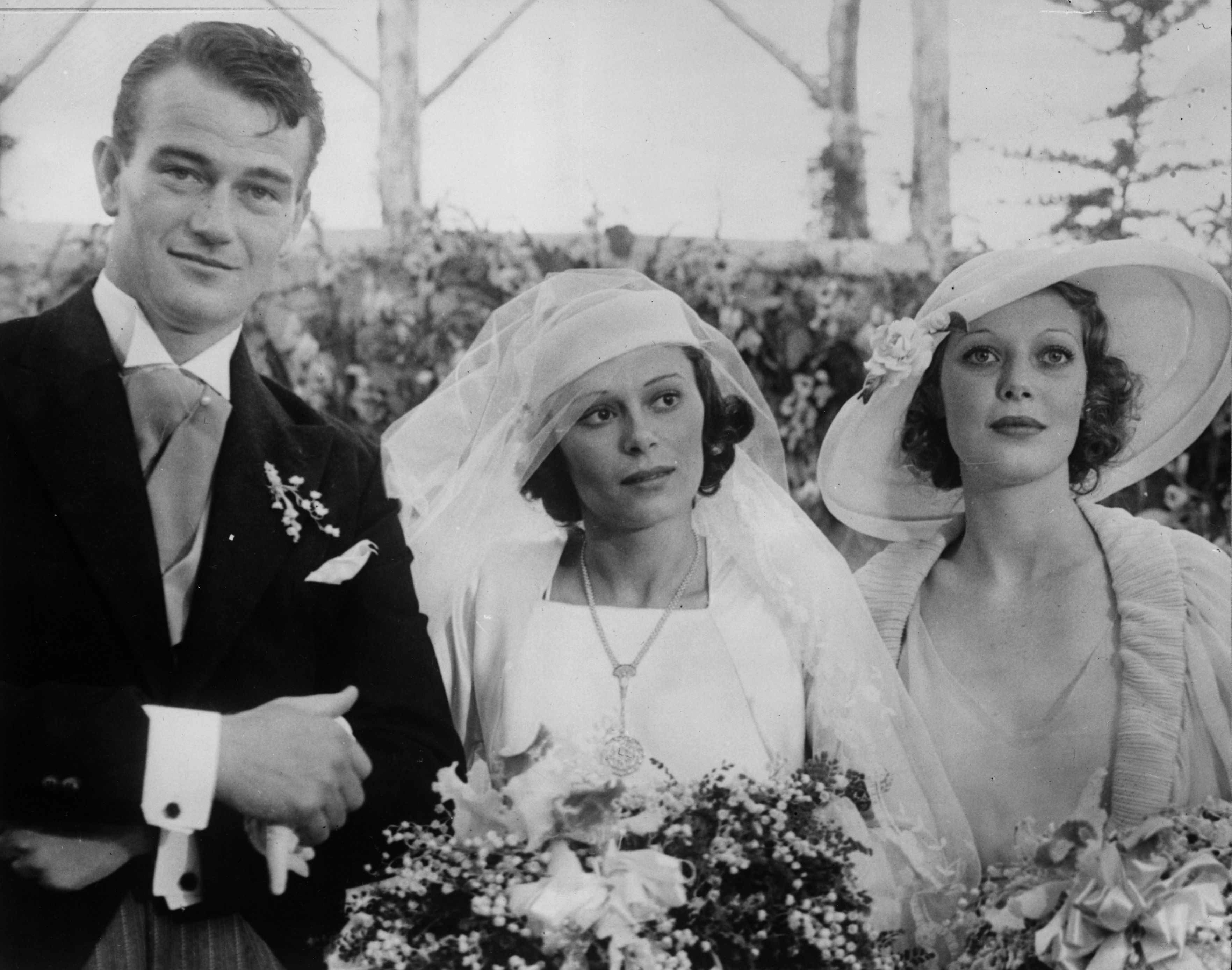
Unlike his mother, Sáenz was classy, and she embodied intelligence, breeding, and composure. Her father, a doctor, was also very accomplished. He had been appointed as consul for Los Angeles by Haiti, Panama, Dominican Republic, and El Salvador.
Wayne fell in love with Sáenz very quickly, but the latter was skeptical about him. Also, her family was not in full support of their relationship.
The actor’s reputation of being a football player from a broken marriage who had lost his scholarship and was living in Glendale did not help his cause. Wayne and Sáenz were from different social classes, and they felt the former was punching above his weight.
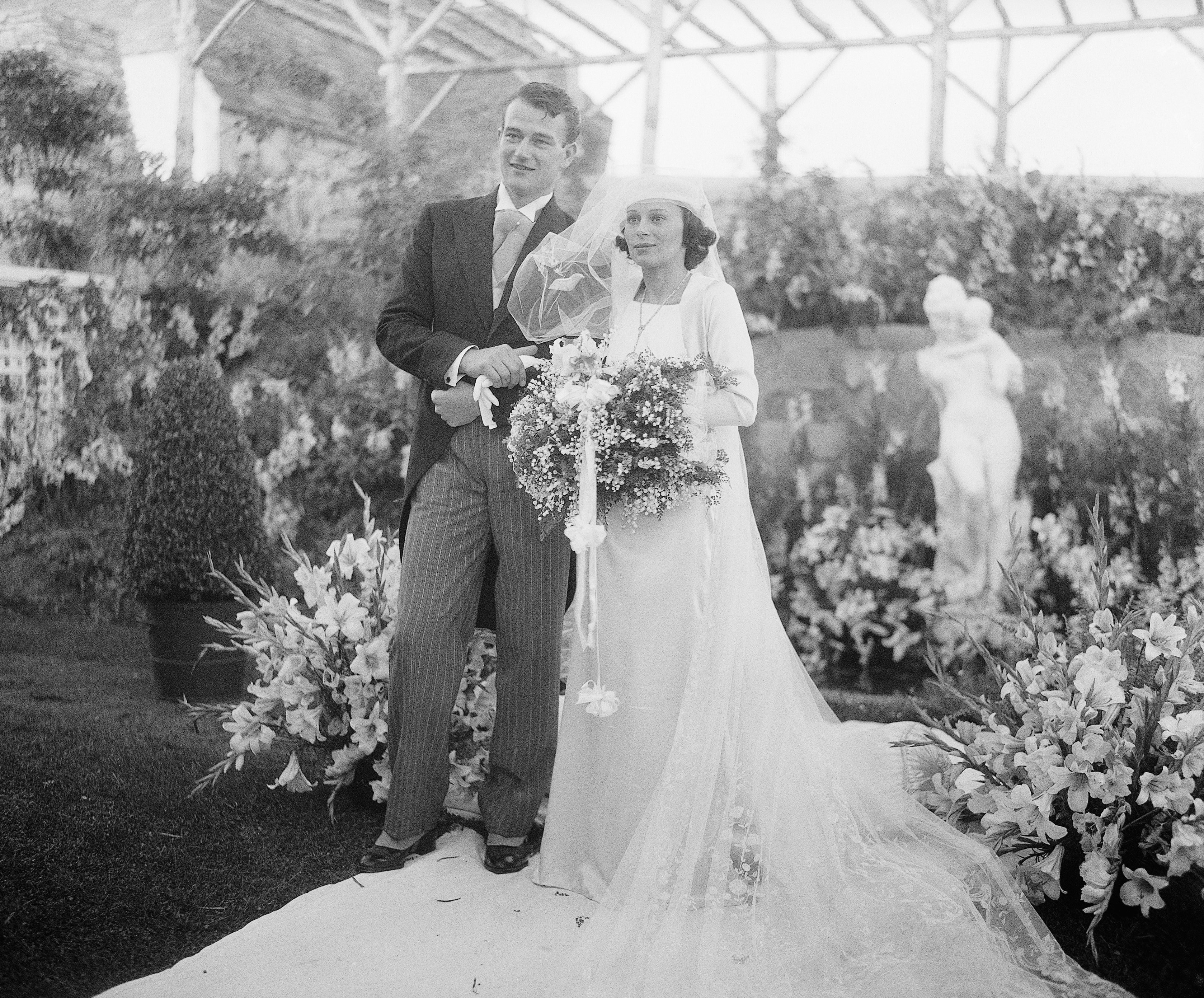
Sáenz’s parents, however, liked that Wayne was sincere, and their daughter, on her part, was quite impressed by the actor’s looks. Sáenz and Wayne found a way to keep their relationship alive for years, although her parents would not agree to marriage until Wayne proved he could take care of their daughter.
In December 1932, Wayne and Sáenz finally announced their engagement. It was also reported by The New York Times. They exchanged marital vows on June 24, 1933, at Loretta Young’s Bel Air home. The ceremony was conducted by a priest from the Church of Immaculate conception.
The couple’s friends were present at the ceremony, including Henry Fonda and Grant Withers. The best men and ushers were from Wayne’s Sigma Chi Fraternity brothers.

THEIR MARRIAGE
After tying the knot, the new couple moved to a three-bedroom apartment somewhere in Hancock Park, close to the bride’s parents’ house, so that they could be within her social circle.
As they were setting up the housekeeping in their new apartment, Wayne told his wife he would not handle tasks like fixing light bulbs or doing yard work and plumbing since he made enough money to have professionals do that.
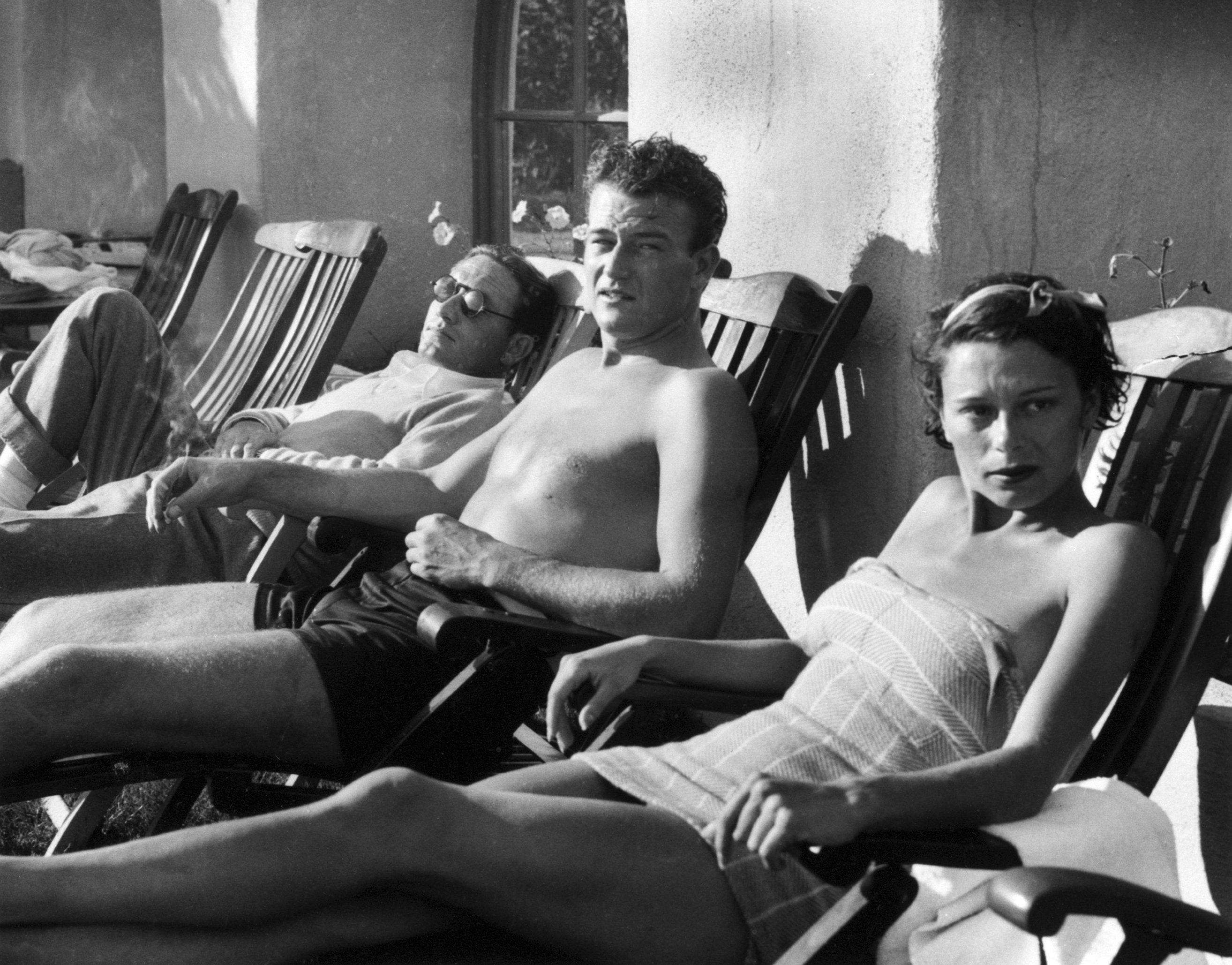
The actor associated doing tasks around the house like that with poverty, a life he had lived growing up, and something he had no desire to replicate.
Soon after their marriage, they became parents when they welcomed their first child, Michael, in 1934. Anthonia followed him in 1936, Patrick in 1939, and Melinda in 1940.

Wayne loved his wife, but the actor could not reject the temptations of Hollywood, and he occasionally cheated on Sáenz. However, he was not an unrepentant womanizer and always felt guilty about his transgressions. According to his friend, Paul Fix:
“Duke [Wayne] would occasionally stray, but he always felt so guilty about cheating on Josephine, he usually broke it off as quick as he could.”
Their marriage was allegedly problematic because while Wayne was marrying someone in a higher social class, Sáenz was marrying someone below, and she ultimately did not respect her husband’s profession.
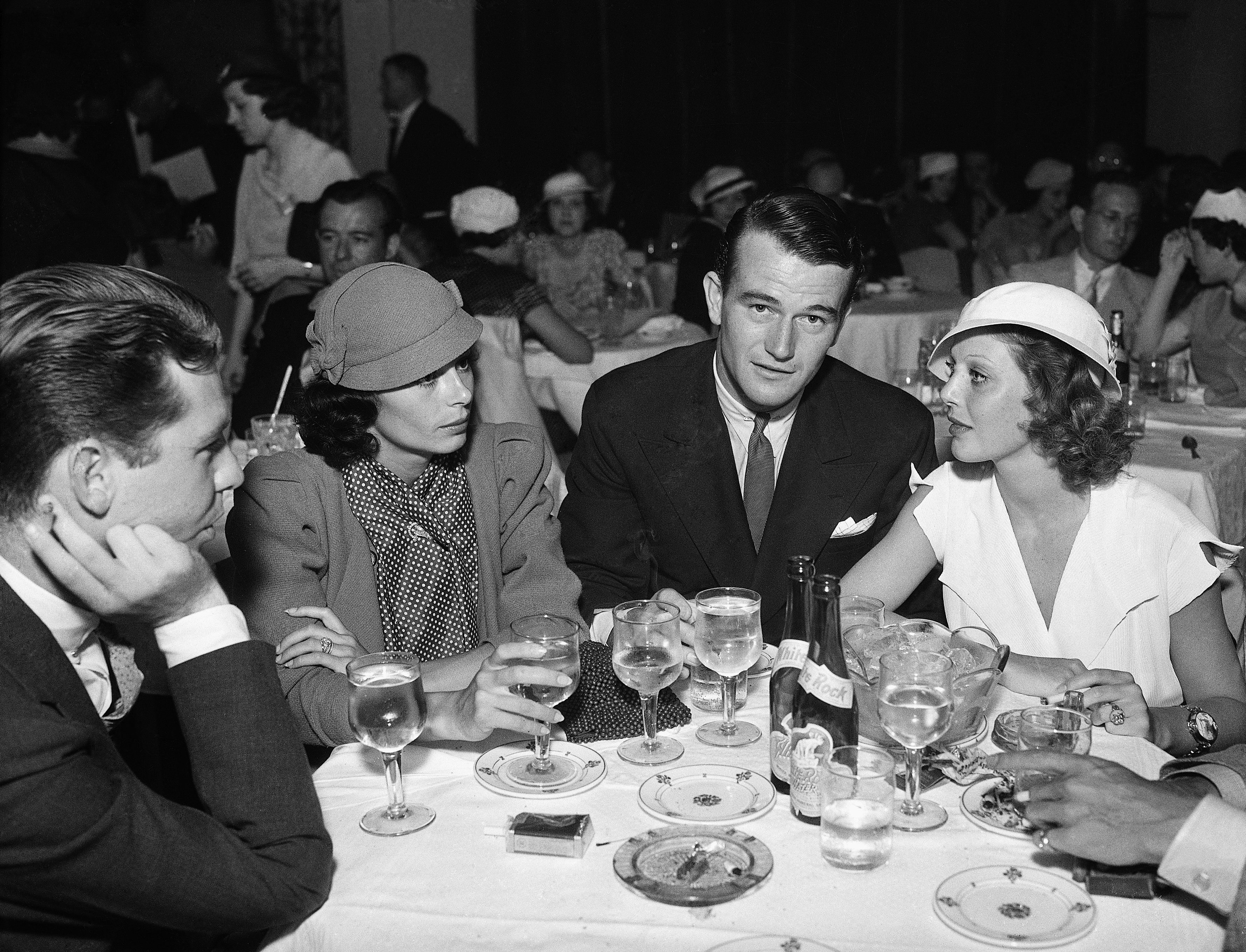
CHEATING ALLEGATIONS AND DIVORCE
Wayne started having an affair with his co-star, actress Marlene Dietrich, and during this period, he neglected Sáenz, who took up the role of the suffering wife.
Although his affairs were much-publicized, Sáenz tried to keep their marriage together, and she asked a priest, Father McCoy, to come to their home and counsel her husband about his extramarital affairs.
The movie star was appalled that his wife had turned to a priest for domestic advice. Nonetheless, he listened to Father McCoy and promised he would deter from seeing Dietrich if his wife would stop talking about his relationship with the actress.
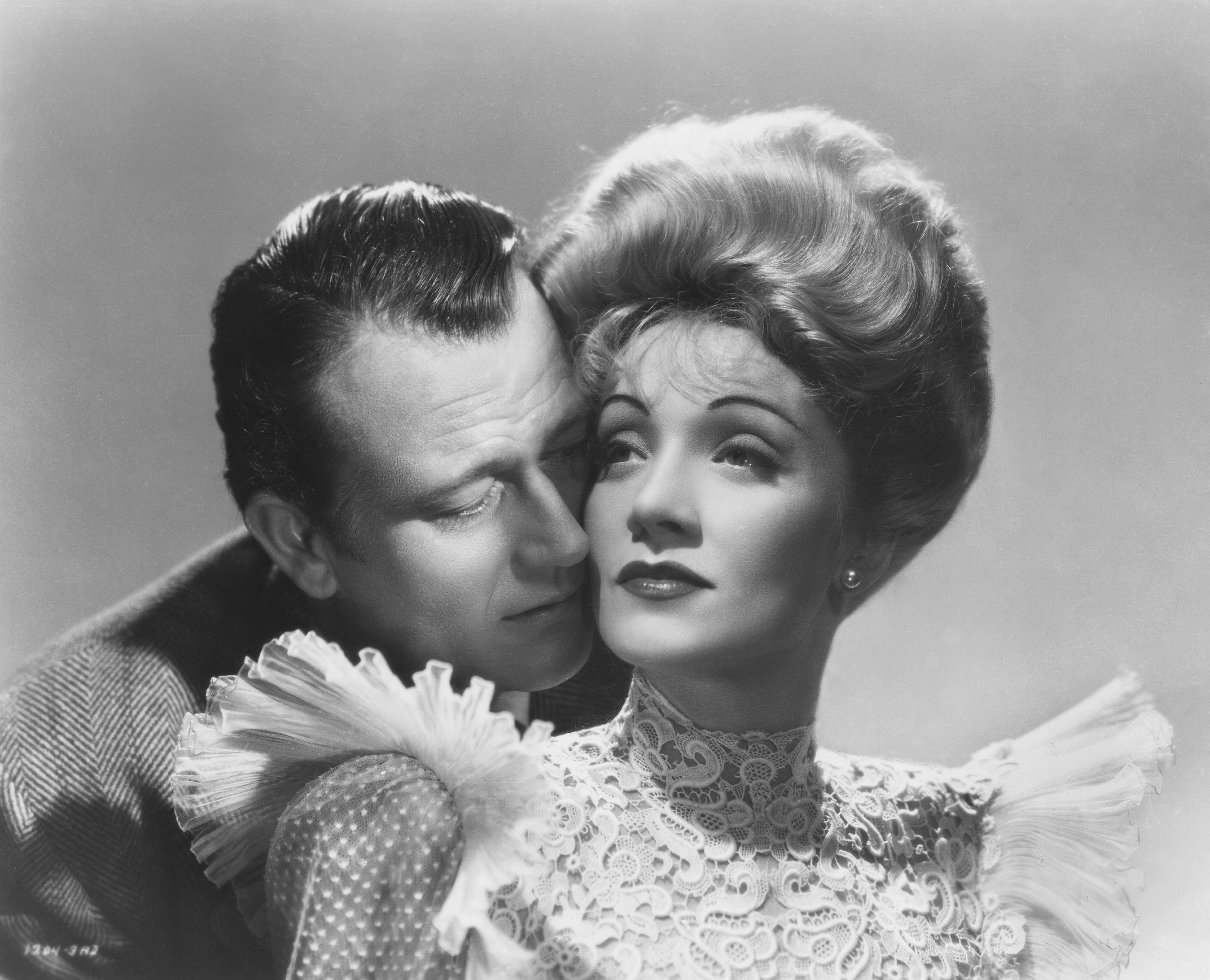
However, as soon as the priest left, Sáenz raised the issue again, and it was at this point Wayne realized their marriage was over.


 Entertainment10 months ago
Entertainment10 months ago
 Entertainment10 months ago
Entertainment10 months ago
 Entertainment11 months ago
Entertainment11 months ago
 Entertainment1 year ago
Entertainment1 year ago
 Entertainment10 months ago
Entertainment10 months ago
 Entertainment11 months ago
Entertainment11 months ago
 Entertainment11 months ago
Entertainment11 months ago
 Entertainment10 months ago
Entertainment10 months ago
![[Left] A portrait of John Wayne; [Right] John Wayne on set | Source: Getty Images](https://cdn.amomama.com/90fb4a78ae2375e7ca2851b0433cf936.jpg?width=650&height=340&width=650&height=340&width=650&height=340&width=650&height=340)
















